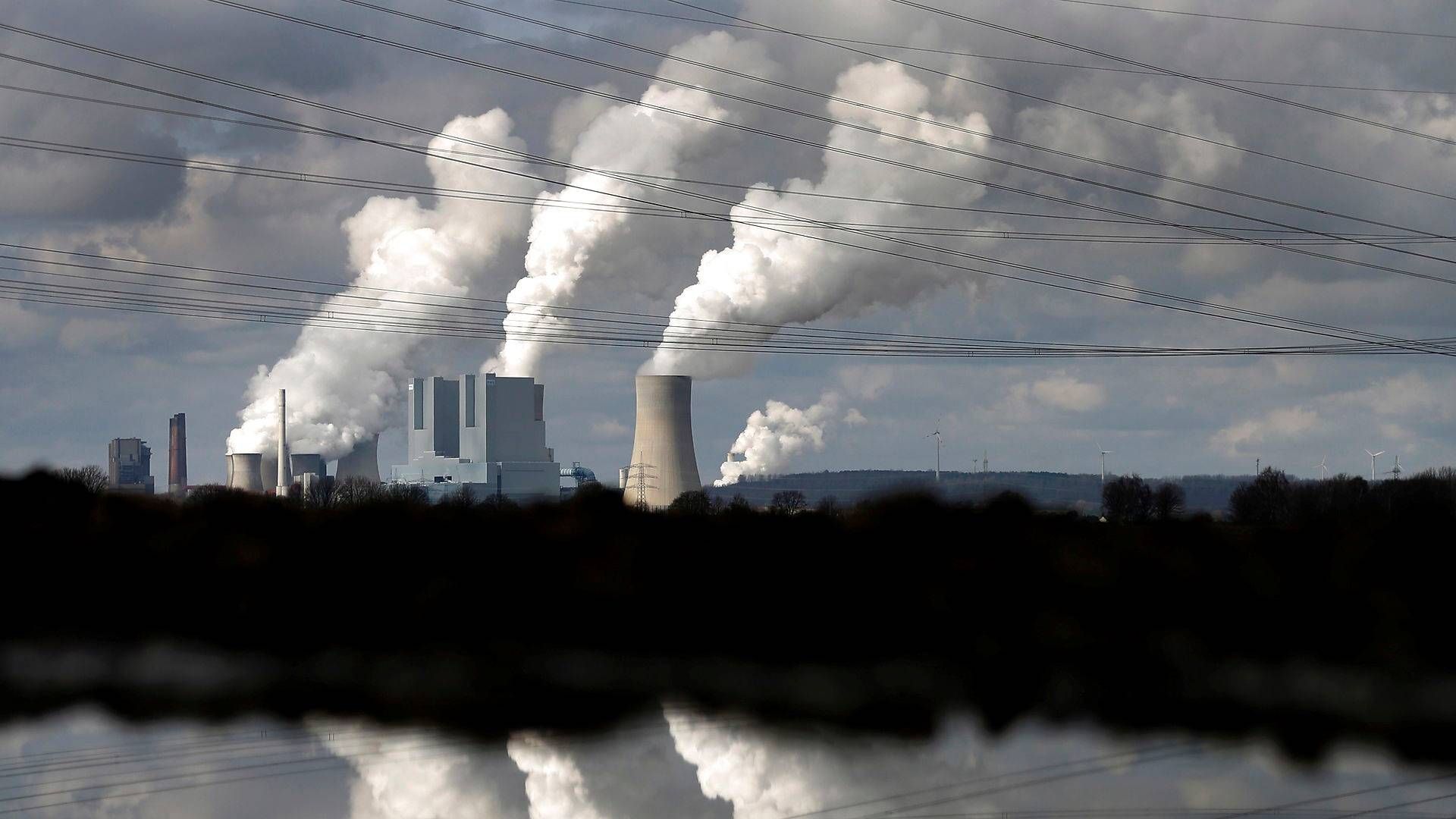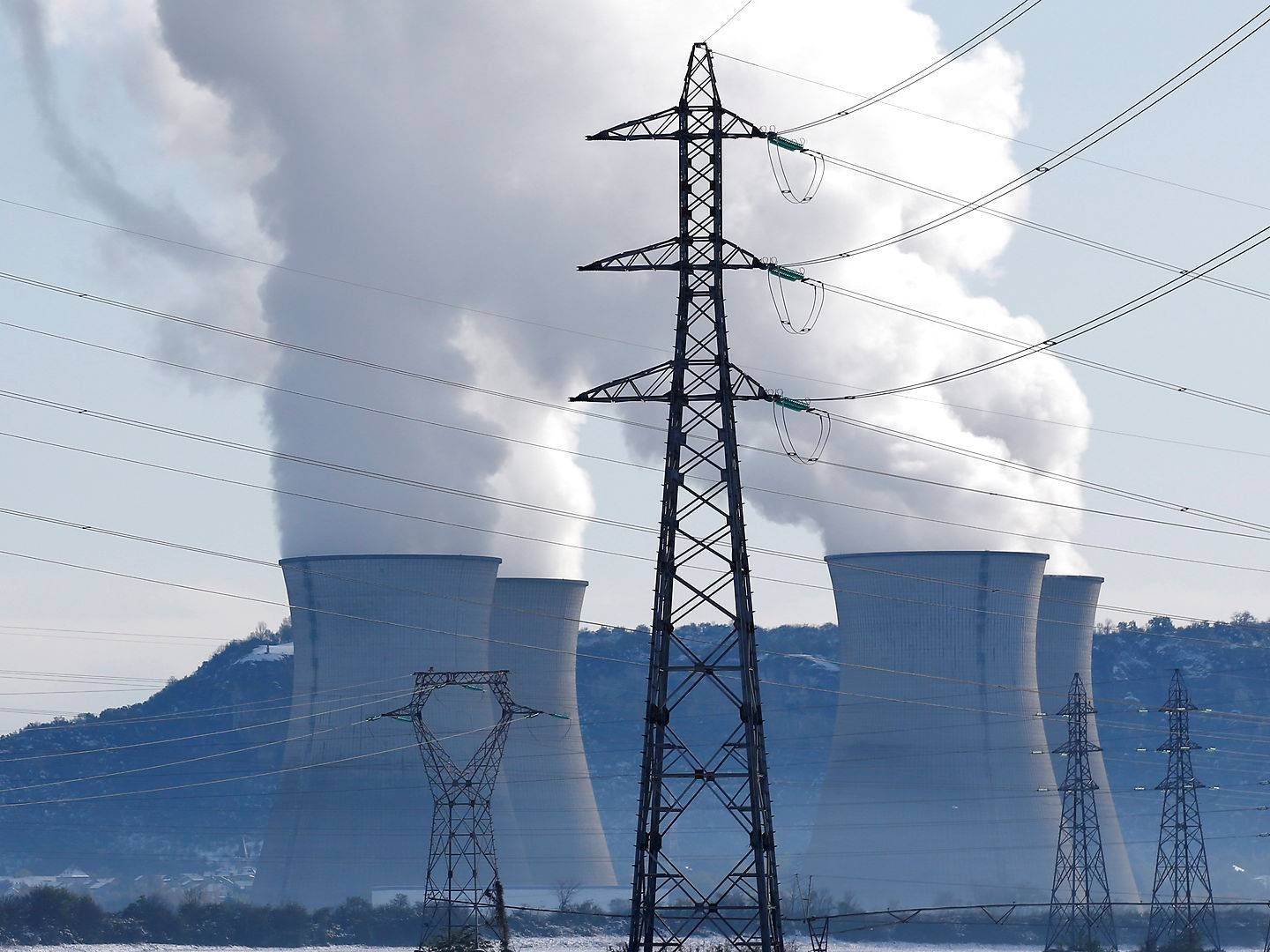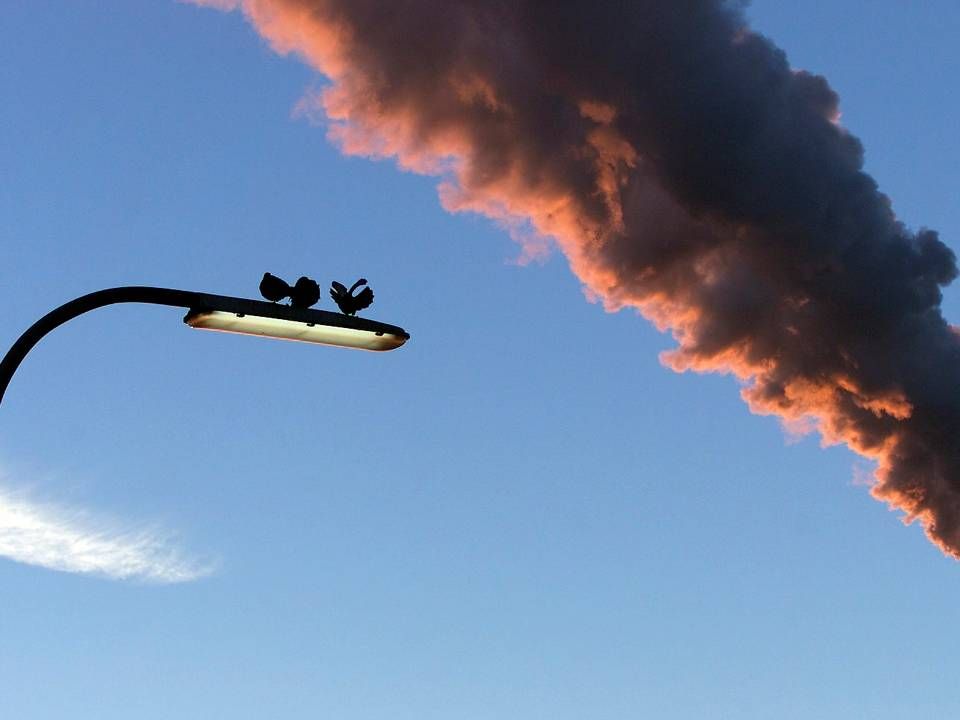UN says amount of new fossil energy violates climate targets

Are fossil-producing countries doing enough to uphold the Paris Climate Accord?
Short answer: No.
The UN has investigated global energy generation as regards the ambition to keep the global temperature rise to both 1.5 and 2 degrees Celsius in 2030.
And as indicated by the title of the report, 'The Production Gap', ambitions and reality do not follow one another. Quite the contrary.
The report estimates that the countries' fossil output by 2030 will generate carbon emissions of 39 billion tons.
This means that the governments of oil-, gas- and coal-producing countries plan to introduce the world to about 53 percent more fossil energy toward 2030 than what would be in accordance with the 2-degree target.
Examining output in the light of a 1.5-degree temperature increase, it would be 120 percent more.
What's even more ominous is that the production gap between what needs to be done and what seems to be actually done stands to increase toward 2040.
"This calls for a sharpened, and long overdue, focus on fossil fuels. The world’s energy supply remains dominated by coal, oil and gas, driving emission levels that are inconsistent with climate goals," states Inger Andersen, executive director at the UN Environment Programme, in the report.
The UN's report is based on available data and the most recently updated scenarios from the Intergovernmental Panel on Climate Change (IPCC). It's the first time the UN introduces the term 'production gap' in the context of fossil energy generation.
Coal a central challenge
The UN has also examined the individual fossil energy sources figuring into the countries' plans.
These plans are the most striking in coal production, where the current prospect is for volumes exceeding the 2-degree target by 150 percent – and the 1.5-degree target by 280 percent.
Looking at oil and gas, the UN estimates that countries by 2040 will generate consumption of 43 and 47 percent above the limit, respectively, based on the 2-degree target.
Måns Nilsson, executive director at Stockholm Environment Institute, ends the foreword of the report on an optimistic note – despite the ominous gaps.
"The good news is that a host of policy solutions are available. Some countries — as well as subnational governments, businesses, investors, and trade union and civil society organizations — are already beginning a just transition away from fossil fuel production. Others must now follow their lead," he urges.
English Edit: Jonas Sahl Jørgensen
Poland seeks investors for nuclear project costing USD 60 billion
Biogas boss says Europe needs carbon tax
Investors criticize IEA in open letter: "We urge you to do better"
Related articles
Biogas boss says Europe needs carbon tax
For subscribers























.jpg&w=384&q=75)

